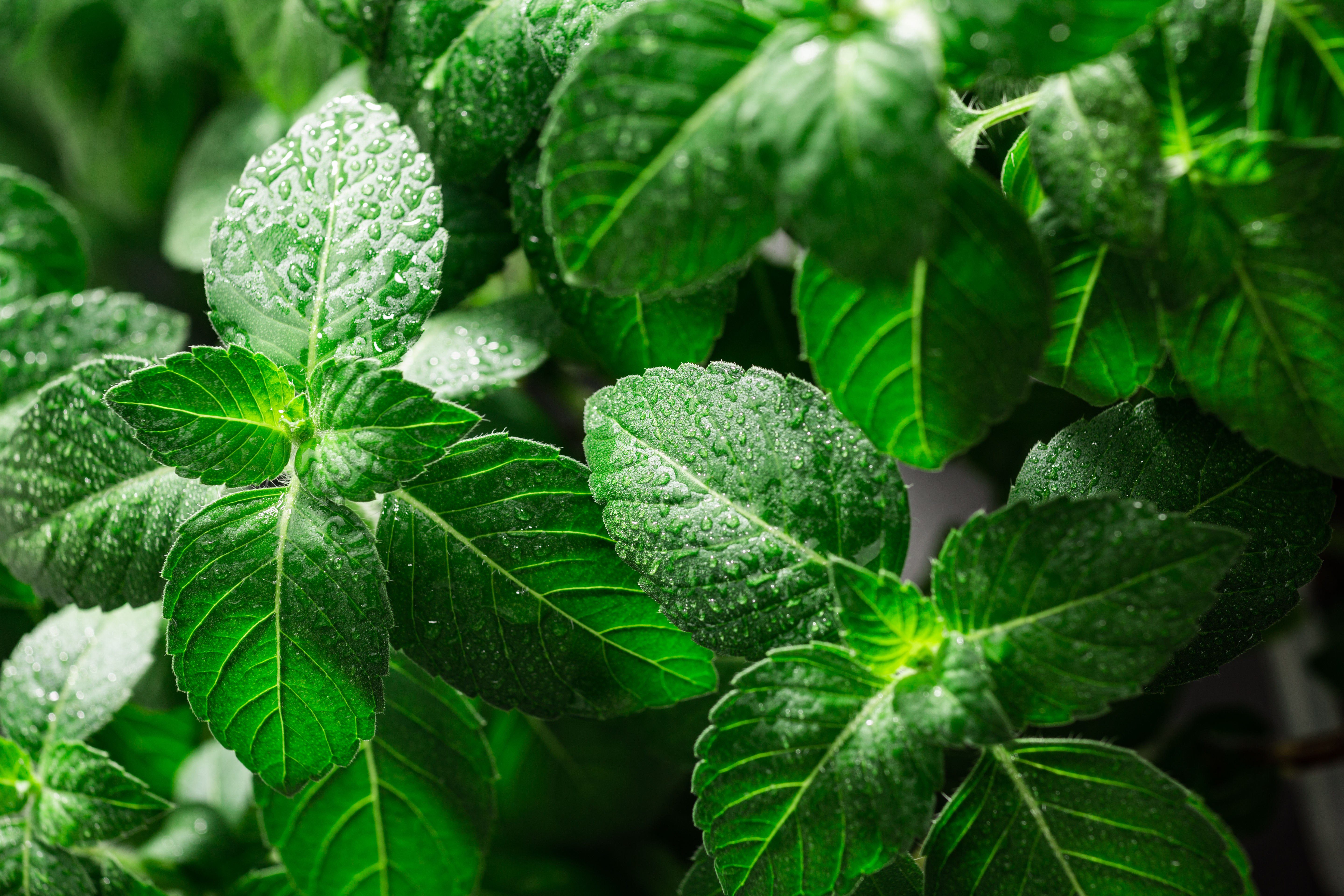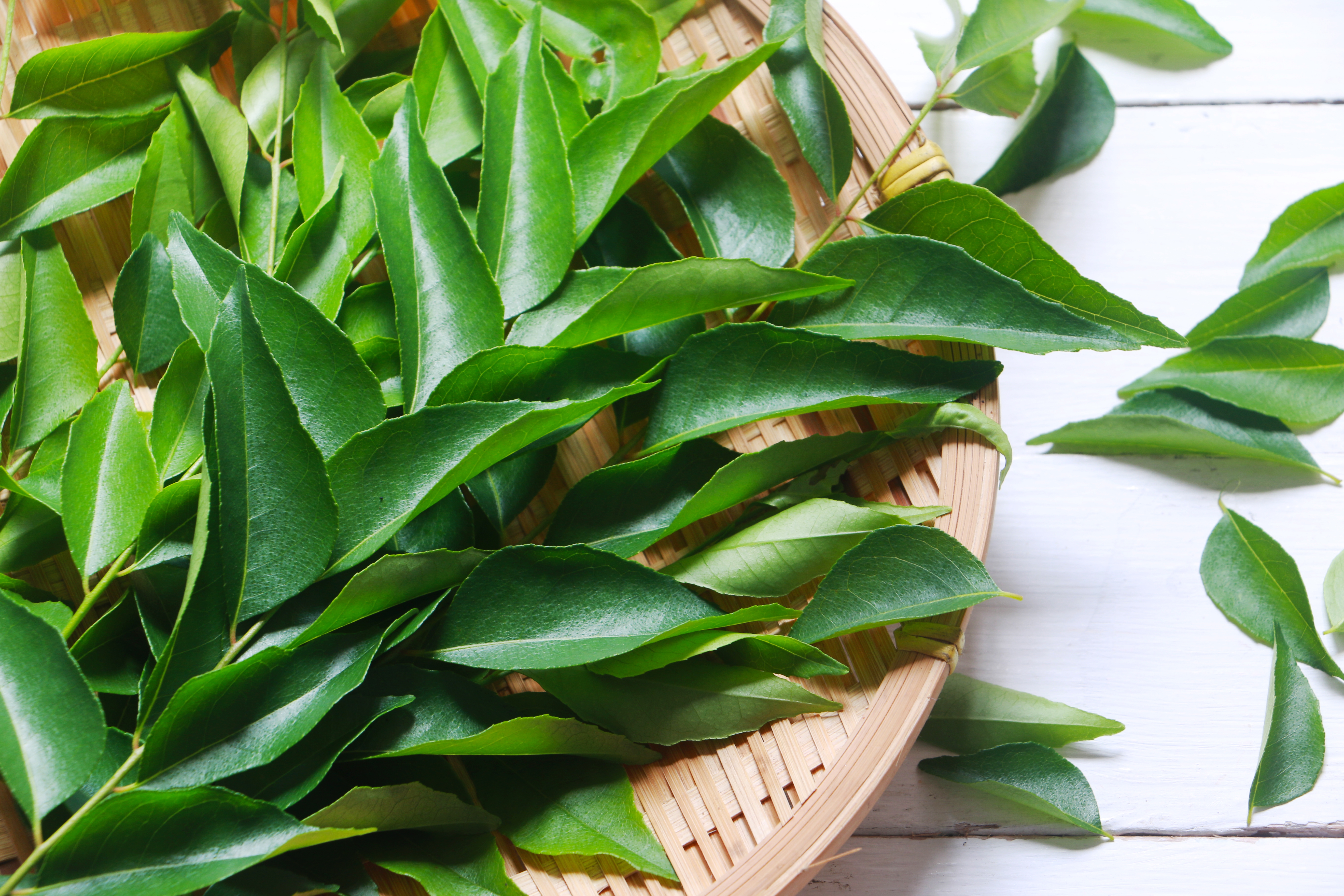The Best Anti-Inflammatory Spices to Add to Your Daily Meals
48. Holy Basil (Tulsi): The Sacred Stress Shield

Holy basil—revered in Ayurvedic medicine as “the elixir of life”—is more than a fragrant herb. It’s a potent adaptogen with anti-inflammatory, antioxidant, and stress-reducing properties. Compounds like eugenol and ursolic acid help modulate cortisol levels, reduce systemic inflammation, and support immune health. Tulsi is particularly beneficial for respiratory and metabolic function, making it ideal for managing modern lifestyle-related inflammation. How to Use It: Brew dried tulsi leaves into calming tea, or use fresh leaves in stir-fries, herbal pestos, or infused oils. It’s herbal medicine disguised as a culinary delight.
49. Curry Leaves: The Underrated Antioxidant Ally

Often overshadowed by curry powder, fresh curry leaves are a treasure trove of healing. They contain carbazole alkaloids—natural compounds with powerful anti-inflammatory, anti-diabetic, and cholesterol-lowering effects. In South Asian kitchens, curry leaves are prized for aiding digestion and calming inflammation throughout the gut and liver. How to Use It: Sizzle fresh leaves in oil to release their aroma before adding to dals, rice dishes, or vegetable stir-fries. You can also blend dried curry leaves into spice mixes or grind them into chutneys for a nutrient-dense flavor upgrade.
